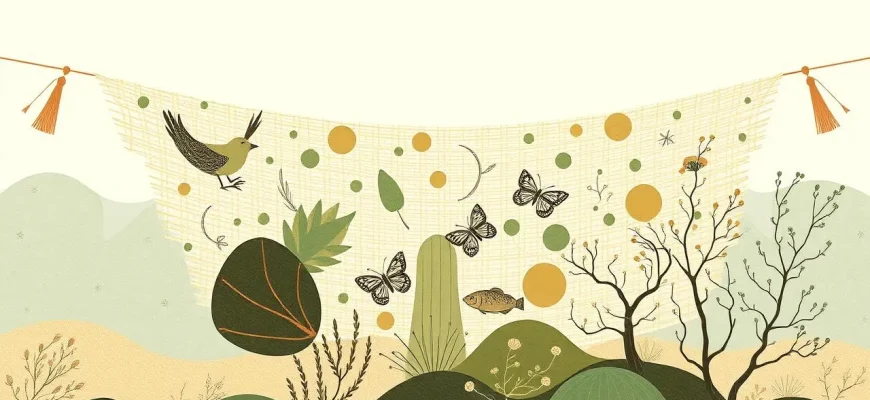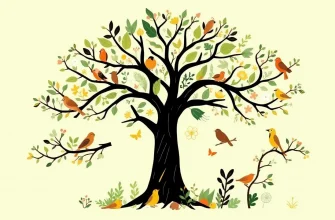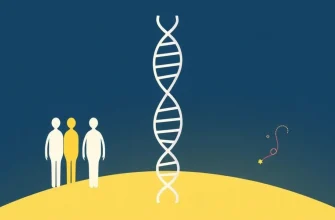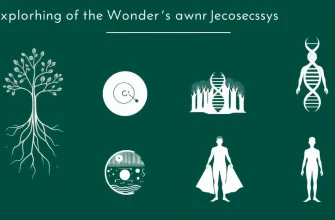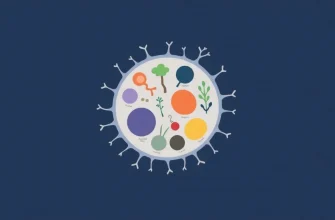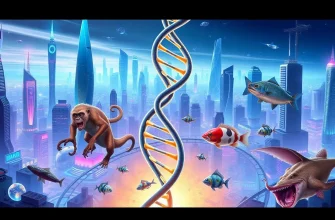Nature's tapestry is woven with countless threads of life, each species playing a unique role in the grand design of our planet. These documentaries offer a window into the intricate lives of various biological species, showcasing their survival strategies, unique behaviors, and the delicate balance of ecosystems. Whether you're a budding biologist or simply a nature enthusiast, this collection promises to enlighten and inspire with its portrayal of life in its myriad forms.
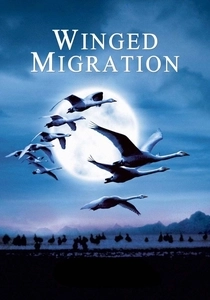
Winged Migration (2001)
Description: This visually stunning film follows the migratory paths of various bird species, showcasing their incredible journeys across continents.
Fact: The filmmakers used ultralight aircraft to fly alongside the birds, capturing their flight patterns.
 Watch Now
Watch Now 
Grizzly Man (2005)
Description: Directed by Werner Herzog, this documentary explores the life of Timothy Treadwell, who lived among grizzly bears in Alaska, offering a unique perspective on human-wildlife interaction.
Fact: The film includes audio recordings of Treadwell's final moments, which were not used in the final cut out of respect.
 Watch Now
Watch Now 
March of the Penguins (2005)
Description: This Oscar-winning documentary captures the annual journey of emperor penguins in Antarctica, showcasing their incredible resilience and family dynamics.
Fact: The film was shot over 13 months in extreme conditions, with temperatures dropping to -40°C.
 Watch Now
Watch Now 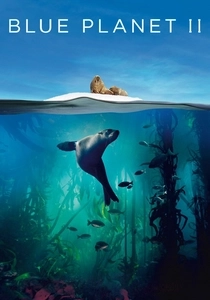
Blue Planet II (2017)
Description: Following the success of "Planet Earth," this series delves into the mysteries of the ocean, showcasing the lives of marine species in breathtaking detail. It's an essential watch for anyone interested in the underwater world.
Fact: The crew used a special camera called the "BaitCam" to film deep-sea creatures, attracting them with bait.
 Watch Now
Watch Now 
Planet Earth (2006)
Description: This landmark series by the BBC explores the diverse habitats of Earth, from the deepest oceans to the highest mountains, capturing the essence of life in all its forms. It's a must-watch for understanding the interconnectedness of species and ecosystems.
Fact: The series took over five years to film, with 40 camera teams operating in 204 locations around the globe.
 Watch Now
Watch Now 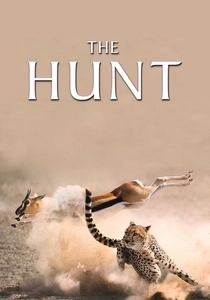
The Hunt (2015)
Description: Focused on the predator-prey relationship, "The Hunt" provides an intense look at how animals hunt and evade capture, showcasing the raw survival instincts of different species.
Fact: The series used innovative filming techniques like thermal imaging to capture nocturnal hunts.
 Watch Now
Watch Now 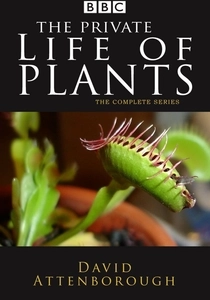
The Private Life of Plants (1995)
Description: Sir David Attenborough explores the world of plants, revealing their surprising behaviors and survival strategies, often overlooked in the animal-centric documentaries.
Fact: Time-lapse photography was extensively used to capture the slow-motion life of plants.
 30 Days Free
30 Days Free 
Earth (2007)
Description: Narrated by Patrick Stewart, this film follows the migration paths of three animal families - polar bears, elephants, and humpback whales - highlighting their struggle for survival.
Fact: It was the first film to be released as part of the "Disneynature" series.
 30 Days Free
30 Days Free 
My Octopus Teacher (2020)
Description: This heartwarming documentary follows a filmmaker who forms an unlikely bond with an octopus in a South African kelp forest, exploring themes of connection and understanding between species.
Fact: The film won the Academy Award for Best Documentary Feature in
 30 Days Free
30 Days Free 
Life (2009)
Description: This series examines the challenges animals face in their daily lives, from birth to death, offering a comprehensive look at various species' behaviors and survival tactics.
Fact: The series was filmed over four years, involving over 1500 days of shooting.
 30 Days Free
30 Days Free 
